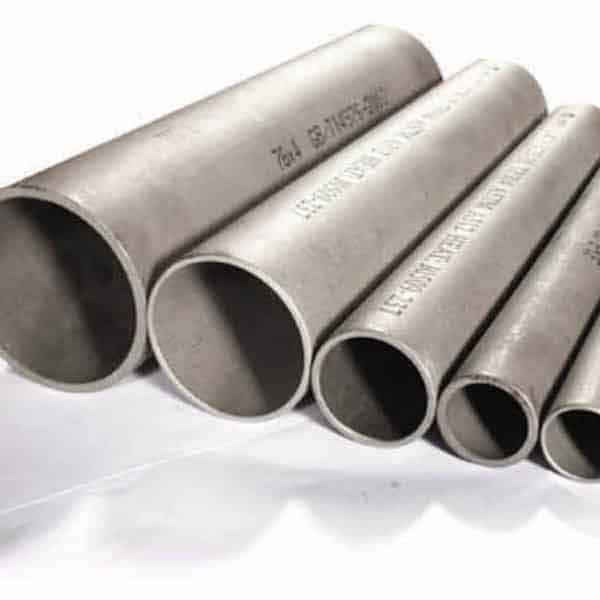Right here to learn
Brief introduction of 304L stainless steel seamless pipe performance

Stainless steel is the abbreviation of stainless and acid-resistant steel. The steel that is resistant to air, steam, water and other weak corrosive media or has the property of stainless steel is called stainless steel; The steel that is resistant to chemical corrosion medium (acid, alkali, salt and other chemical etching) is called acid-resistant steel. Their corrosion resistance is different due to the difference in chemical composition. Ordinary stainless steel is generally not resistant to chemical medium corrosion, while acid-resistant steel is generally stainless. The term "stainless steel" refers not only to a single type of stainless steel, but also to more than 100 kinds of industrial stainless steel. Each type of stainless steel developed has good performance in its specific application field.
Austenitic stainless steel is the most widely used stainless steel in practice, and high Cr-Ni type stainless steel is the most common. According to the alloying method, austenitic stainless steel can be divided into two categories: chromium-nickel steel and chromium-manganese steel. The former uses nickel as the austenitizing element, and the latter uses manganese and nitrogen instead of expensive nickel, which is a nickel-saving steel. 304L stainless steel pipe corresponds to China's standard (GB/T1220-2007) is 00Cr19Ni10 (new brand: 022Cr19Ni10).
304L stainless steel seamless pipe has low thermal conductivity, about 1/3 of carbon steel, resistivity about 5 times of carbon steel, linear expansion coefficient about 50% greater than carbon steel, and density greater than carbon steel. Because stainless steel has many different characteristics from carbon steel, its welding process is also different from carbon steel. The corrosion resistance of stainless steel depends on the alloying elements contained in the steel. Chromium is the basic element that makes stainless steel obtain corrosion resistance. When the content of chromium in the steel reaches about 12%, chromium reacts with oxygen in the corrosive medium to form a thin oxide film (self-passivation film) on the steel surface, which can prevent the further corrosion of the steel substrate. In addition to chromium, the commonly used alloying elements include nickel, molybdenum, titanium, niobium, nitrogen, etc., to meet the requirements of various uses on the structure and properties of stainless steel. The heat treatment of 304L stainless steel seamless pipe usually adopts the solution treatment process, that is, the carbide is dissolved completely by heating, and then the single-phase austenite structure is obtained by rapid cooling. After solution treatment, 304L stainless steel seamless pipe needs to be reheated to a certain temperature for a period of time, and then air cooled (called stabilization treatment).